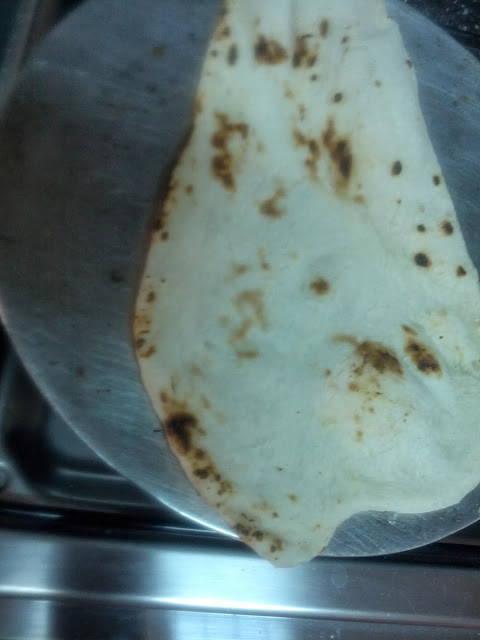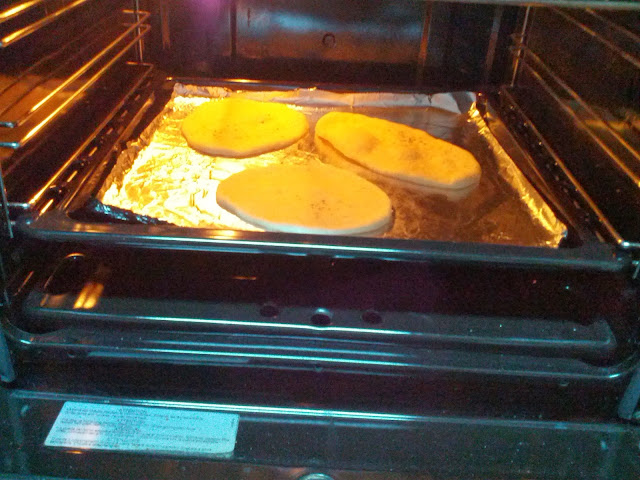We planned to visit Patan durbar square then also go to the Macchendranath temple and Kumbeshwar temple since they are all around Lalitpur.
Patan durbar square
 |
| stone tablet outside the square |
 |
| view of durbar square from entrance |
Chyasim deval:
 |
| Krishna temple |
octagonal Krishna temple
Hanuman, Narsimha and Ganesha towards the right side of entrance |
| Narsimha slaying Hiranyakashyap Hanuman Ganesha and Lakshmi |
 |
| Entering Mul Chowk |
Taleju temple also known as Degutaleju or Degutalle can be seen in all three durbar squares at Patan, Bhaktapur and Kathmandu. After the division of kingdoms, all kings were in competition to construct the best architectural buildings.
Taleju temple
 |
| Taleju bell |
 |
| King Yoganarendra Malla facing Taleju temple |
 |
| golden gate |
The golden gate at Bhaktapur, see post Bhaktapur, is considered more ornate and beautiful than this one.
 |
| close up |
Taleju Bhawani is an eight-armed devi or Goddess Durga, and like in Bharatpur has been the clan goddess of Lalitpur kings too.
 |
| Shankar Narayan temple |
 |
| Carving on temple |
wood carving torana
Char-Narayan temple (चार नारायण ):Built around 1565 by King Purandhar Singh, Char-Narayan temple is famous for its exquisite wood carvings. Char means four and Narayan is Vishnu. The temple has four Narayans.
a close view of the temple
beautiful carved wooden struts adorn the temple
wooden carving toran on top of temple entrance
stone sculptors outside the temple
Krishna or Jagat Narayan temple:
This stone shikhara style temple is dedicated to Krishna and is the finest piece in stone architecture. It was built by Siddhi Narsimha Malla, an ardent devotee of Krishna. It is said that he had a dream asking him to built this temple. This temple is an exception to the Malla architecture.
 |
| Krishna temple |
carved walls
 |
| Krishna temple with Garuda in front |
 |
| Garuda |
Vishwanath temple:
This two tiered temple has Nandi sitting outside. Nandi is Lord Shiva's mount and also his greatest devotee. A Shiva temple always has the presence of Nandi.
 |
| Vishwanath temple with elephant and riders |
 |
| Nandi sits outside the temple |
Hiti is a Newari term for tap. I mentioned about dhungey dhara in my earlier post on Bhaktapur saying that these sources of water are found all over Nepal. Water continuously runs through these carved spouts. This is a Newari architecture and is a diversion from the Malla ones.
 |
| Manga hiti |
The water from the right side of Manga hiti is used in daily worship at Krishna temple.
Bhimsena Dolakha temple:
Bhimsen or Bhima is one of the Pandavas from Mahabharata. He is known for his strength and bravery and is very revered in Nepal. There is always a Dattatreya temple adjacent to Bhimsena temple.
This temple was built by King Shree Niwas Malla in the 18th century. The brass lion on a pillar in front identifies the extraordinary strength of Bhima. Then, you see the pataka, a metal strip by which the gods ascend to heaven.
The brass lion atop a stone pillar reminds people of Bhima's extraordinary strength.
This does not finish the huge number of places to see at Patan, there is so much more, so a trip should be planned to enable you to spend a lot of time there.
We proceed to see places around Patan. Kwa Bahal or the golden temple, Macchendranath temple, Kumbheshwar are few we had in mind at that time but did not realise there would be so many more temples.
I plan to write about the temples around Patan in my next post.
Bhimsena Dolakha temple:
Bhimsen or Bhima is one of the Pandavas from Mahabharata. He is known for his strength and bravery and is very revered in Nepal. There is always a Dattatreya temple adjacent to Bhimsena temple.
 |
| Bhimsen temple |
A Bhima idol is always arched by a snake, identifying his close relation to Naga.
 |
| carved stuts |
 |
| Lion pillar |
This does not finish the huge number of places to see at Patan, there is so much more, so a trip should be planned to enable you to spend a lot of time there.
We proceed to see places around Patan. Kwa Bahal or the golden temple, Macchendranath temple, Kumbheshwar are few we had in mind at that time but did not realise there would be so many more temples.
I plan to write about the temples around Patan in my next post.


























